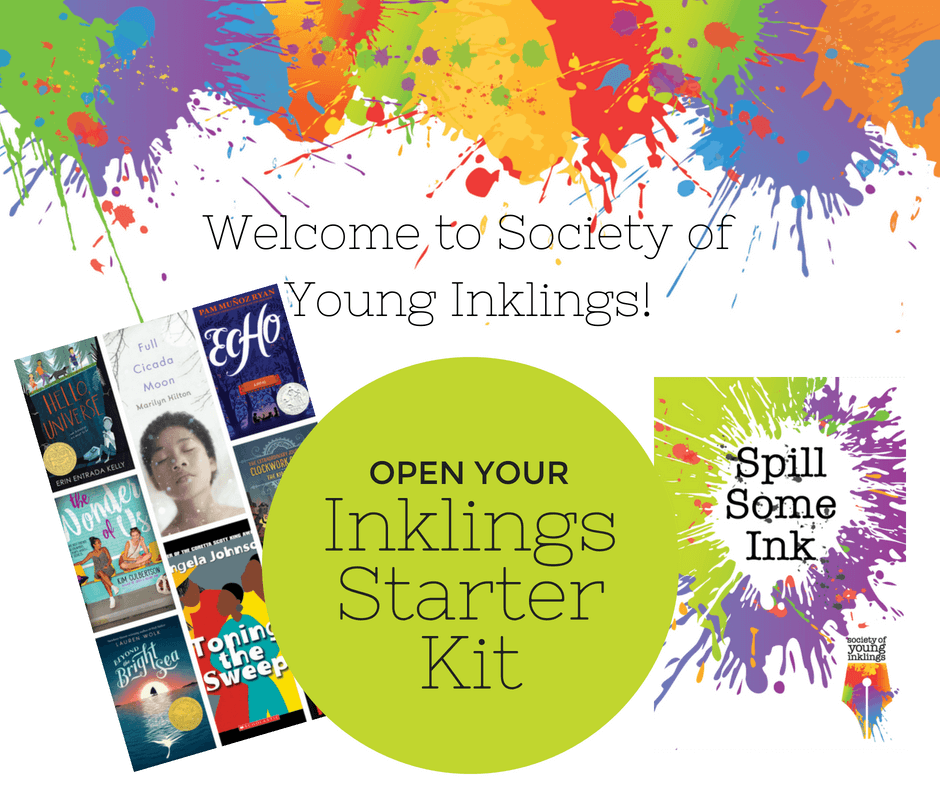In the April issue of Inksplat, we loved getting to know Kaela Noel, author of the debut novel, Coo. This unique story of a young girl living alone on a rooftop with pigeons as her only companions remind us that friendship, love, and belonging transcend all boundaries. What is the hardest part about writing for her? Kaela shares, “It takes me a long time to get to know my characters, but the book doesn’t feel like it’s working until I do. Character is essential—it’s the thing that makes a book more than just a series of basic actions.”
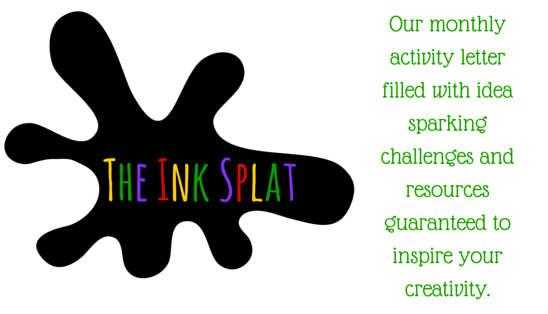
Writing Challenge
For April’s writing challenge, let’s push the boundaries of our imagination! In Coo, the main character can speak with pigeons in their language. For the story, Kaela Noel came up with a way of speaking that represents how that pigeon communication sounds. She used English, but in short phrases or words instead of sentences. This mimics the rhythms we hear when we listen to pigeons communicate with each other.
How could you write a form of animal communication? Pick an animal and take some time to think about what the animal sounds like. If you aren’t sure, try looking up audio clips of sounds that the animal makes. Next, brainstorm word choices and ways of arranging words that might mimic that sound. If you want, you can even try writing a scene in which two of the animals ‘talk’ to each other using the representation of their language that you’ve created!
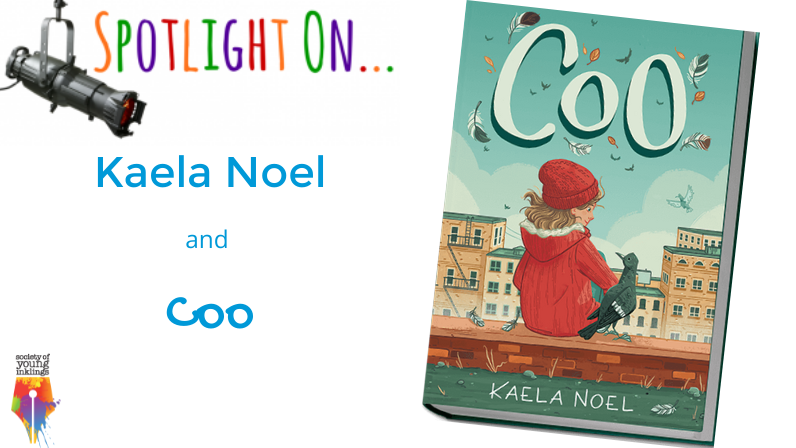
An Interview with Kaela Noel
Let’s begin by talking about your middle grade novel, Coo. Tell us a little bit about the story and how you were inspired to write it?
Coo is the story of a ten-year-old girl with a very unusual past. She’s spent almost her entire life living alone, in secret, on a rooftop in Queens, NY with a flock of pigeons. When a bird she loves dearly is injured by a hawk, she has to venture into the human world for the first time to seek help. She discovers it is much more complicated and dangerous than she could ever have imagined.
Did your characters ever surprise you as you wrote the novel?
Absolutely! It wasn’t until I had completed the final draft of Coo and it was off to copyedits (the second-to-last step before publication) that I realized I had based the character of Roohoo, the grumpiest and cleverest pigeon, on a cockatiel named Edgar who had come into my life in a complicated and unexpected way when I was about nine. My mother agreed to bird sit for him over winter break when his original owners—the very wealthy family of one of my classmates—went on vacation. The mother of this classmate had done my mom some favors by picking me up from school during early dismissal for bad weather a few times, and after the family returned from their trip, they insisted they couldn’t take him back and in so many words stated he was our problem now. (Poor Edgar.)
My mom and I lived in a tiny 1 bedroom apartment above an antiques shop. I had the bedroom and my mom slept in the combined living room/kitchen. The only place for Edgar’s giant, hulking cage was beside my bed, so there he lived, in all his rage and sorrow and loneliness. He really disliked all humans, and me in particular, and he managed to convey this with total clarity despite weighing less than a pound and not being able to speak. This was a revelation to me—first, in discovering the complexity of non-human animals, and second, experiencing the range of emotional expression and tone it was possible to convey without language (or even human body language!)
Edgar’s story does have a happy ending. My mom was involved with a bunch of different New Age-type groups, and through one of them she met a woman who was a true “bird lady” and owned a flock of parrots on whom she lavished care and affection. She agreed to adopt Edgar. Several months later we visited and I saw that he was a changed bird—light, happy, hanging out with his bird friends, no longer a little yellow and gray ball of anger and despair.
Somehow I wrote the entirety of Coo without thinking much about Edgar and what the various humans around him had put him through, both good and bad. But my childhood experiences with him must have been operating at some deeper level, because Roohoo is Edgar. When I realized this I was completely astonished.
What’s your process for drafting? How about revision?
I tend to get the first spark of idea in relation to plot, or sometimes setting, and less so character. It takes me a long time to get to know my characters, but the book doesn’t feel like it’s working until I do. Character is essential—it’s the thing that makes a book more than just a series of basic actions. I tend to have to write and revise several drafts to figure out what I’m doing. I also sketch out plots—I’m definitely a plotter.
What’s the most challenging aspect of writing for you, and how do you adress it?
I find trusting my own judgment about the merit of my work quite difficult at times. There are moments when I have no doubt, but they are few and far between. Over the years I’ve been fortunate to develop a trusty group of fellow writers who are also dear friends, and going to them for feedback—and returning the favor!—has been enormously helpful for me. I encourage everyone to seek out supportive friendships with other writers and take the time to share your work as well as read works in progress by others.
What does your life as a writer look like? Do you write every day?
I make every effort to write each day, because I find returning to work after any kind of break difficult and slow-going. Everyone is different, but for me it’s easy to lose my conditioning and focus, and when I take breaks, I often return feeling unmoored. That said, in practice I don’t write every day. I just can’t, as I have two small daughters, and they are always my first priority. I’ve become much more disciplined since having them, though, and they have made me a much better and more insightful writer overall!
What or who inspires you most as a writer?
Since I was a small child I’ve felt there was an inexhaustible well of stories in my mind to draw from. Or maybe a better analogy would be a mine full of them that I am slowly excavating. I’ve always had the sense that the stories are right here, all around me and beside me, here for me to channel and explore and develop. I often say that I “think in plots.” I also love writing at the line level. I love language. So in terms of what inspires me—it’s that internal drive to use language, to tell stories, to think and create.
If you could be an animal, which kind would you want to be and why?
Years ago, I was in Iceland, sitting against a cluster of boulders by the ocean, and I heard two birds having a conversation on the other side of the rock. Yes, it was a conversation—I could tell from the intonation and complexity, and the back and forth of the voices, even though I couldn’t understand what they were saying. They sounded like two somewhat grouchy travelers taking a rest on their journey. I carefully peered over the rock and saw two large ravens sitting around a puddle of rainwater in the stone. At that point they saw me and took off, though without fear or alarm. It was a truly magical experience.
So, to answer the question, I would always first choose to be the animal I already am, a human, deeply flawed though we are. But second, I would choose to be a raven. Corvids are a fascinating group of animals. There are times when I considered having Coo be raised by ravens (or parrots)—it would have been a very different book.
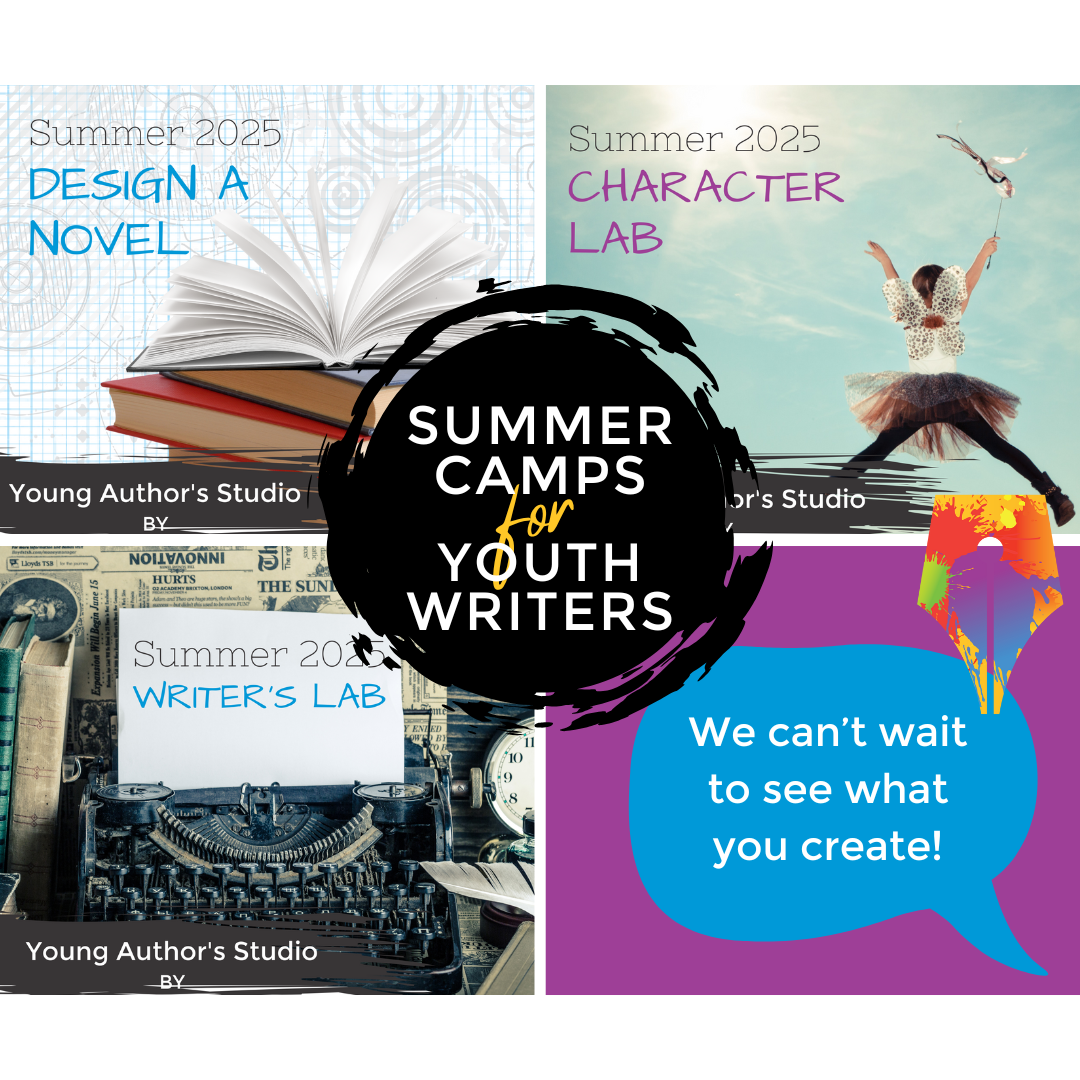
INKLINGS CONNECT
Summer Camps
Join us for a writing camp this summer. We can't wait to see what you create!
Keep your creativity flowing with our upcoming community events:
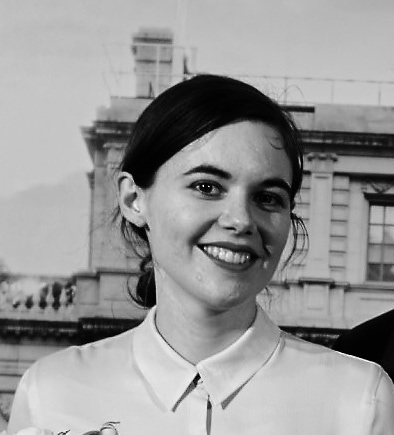
Kaela Noel is the author of the debut middle grade novel Coo (Greenwillow/HarperCollins, March 2020). She was born in San Francisco and grew up in New Jersey. Kaela is represented by Katie Grimm.
Check out her website: kaelanoel.com
SPARK YOUR CREATIVITY!
As a bonus gift, we’ll send you an Inklings Starter Kit packed with creativity-sparking fun.
